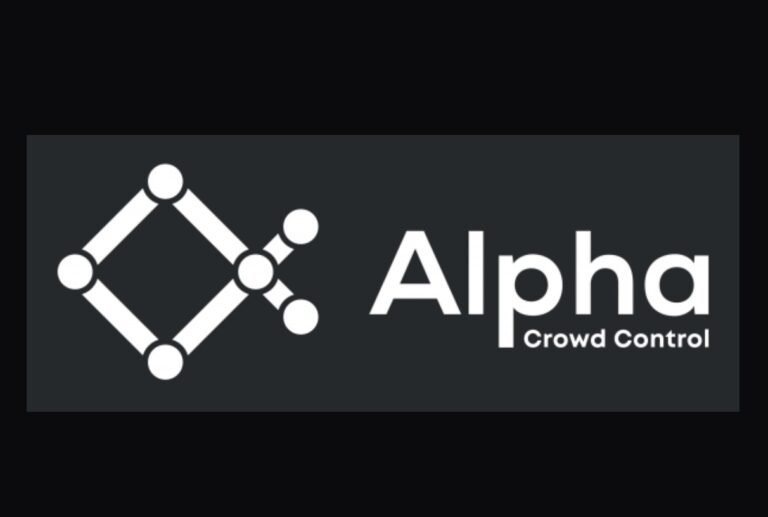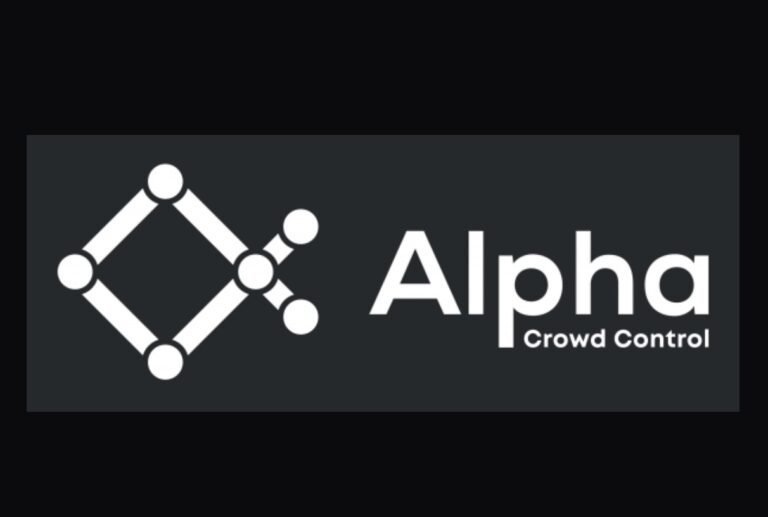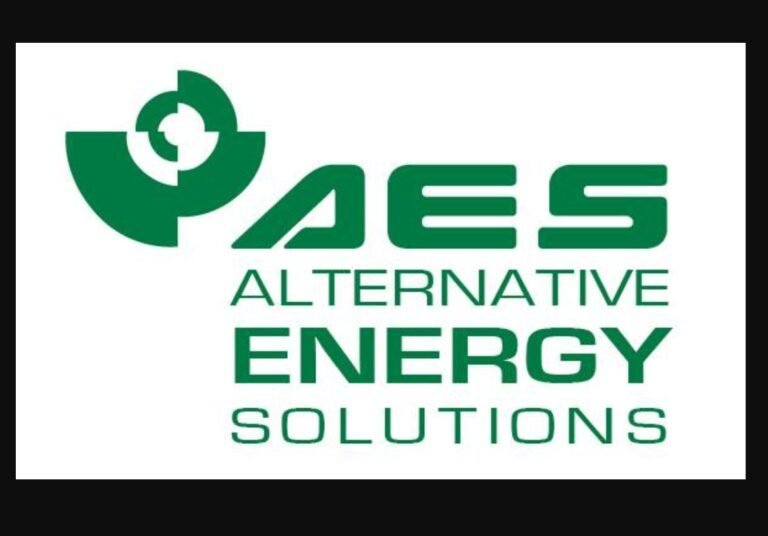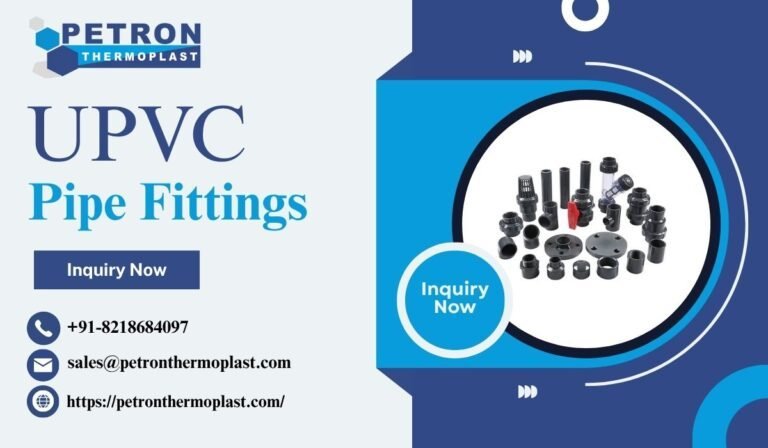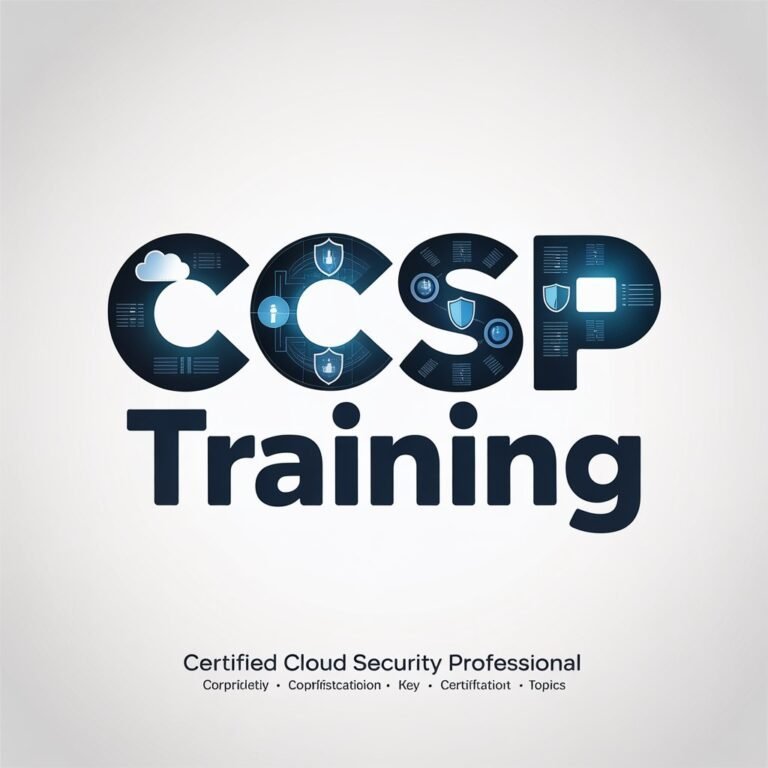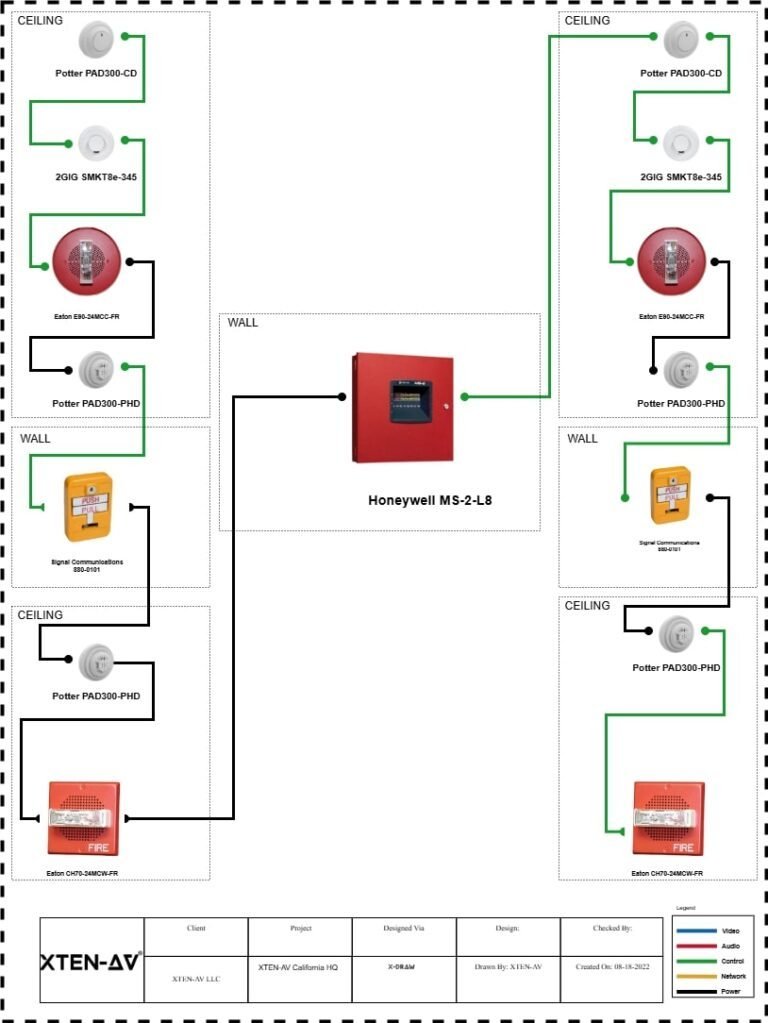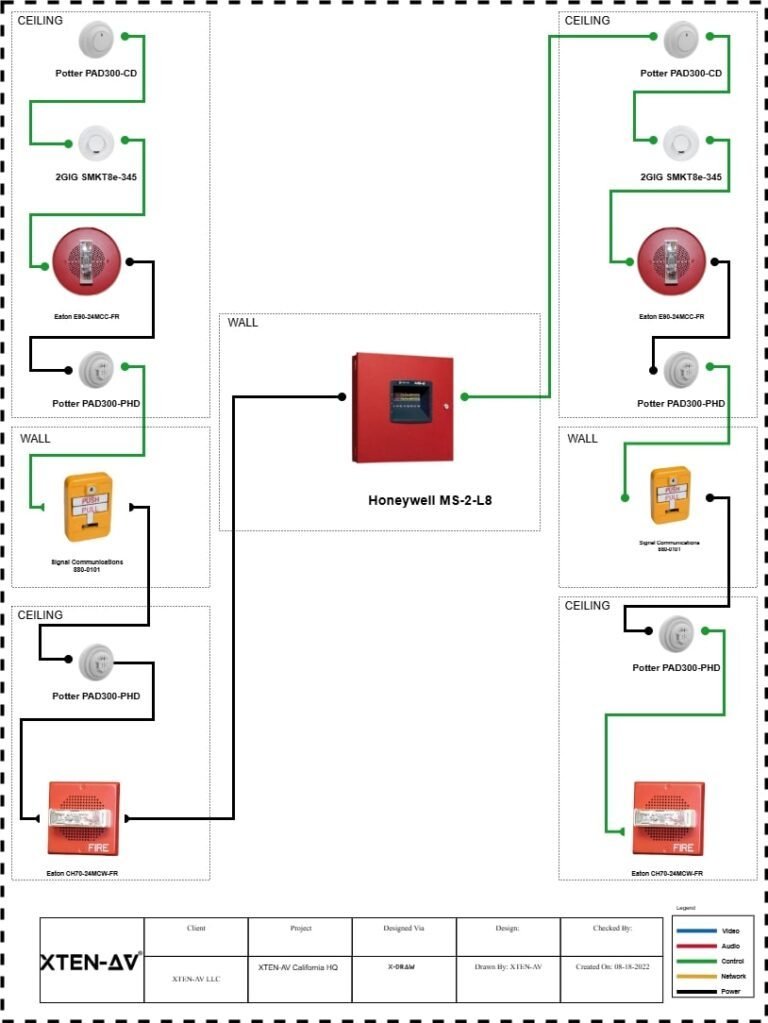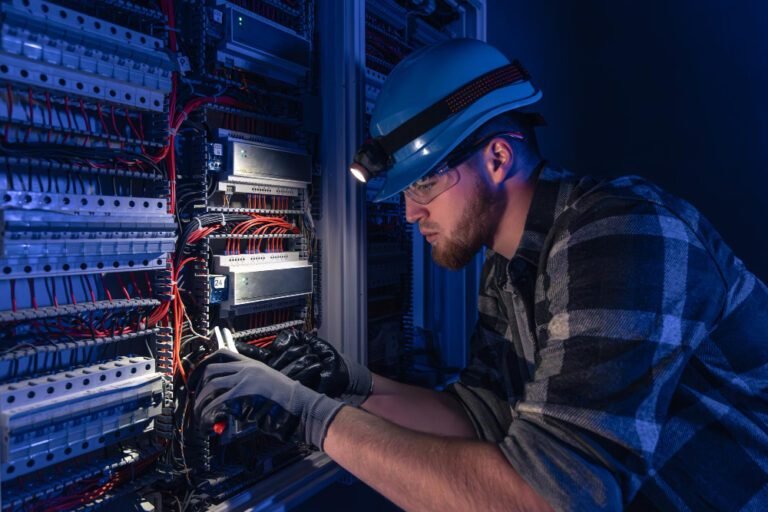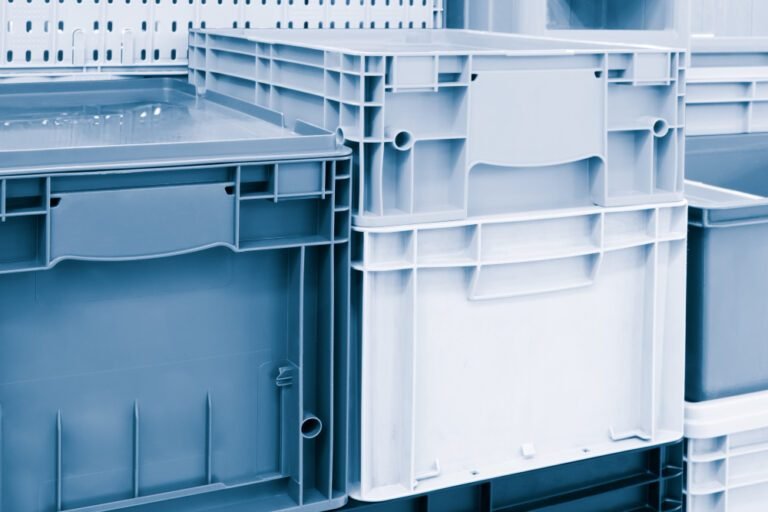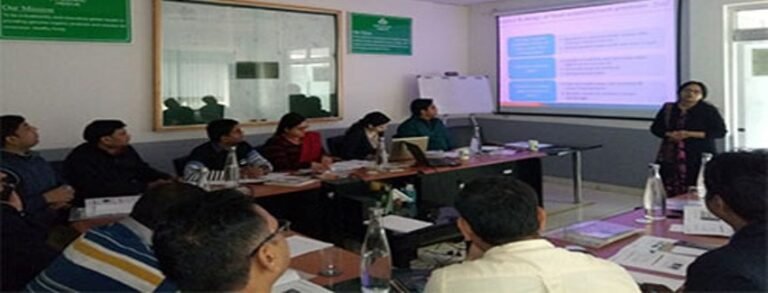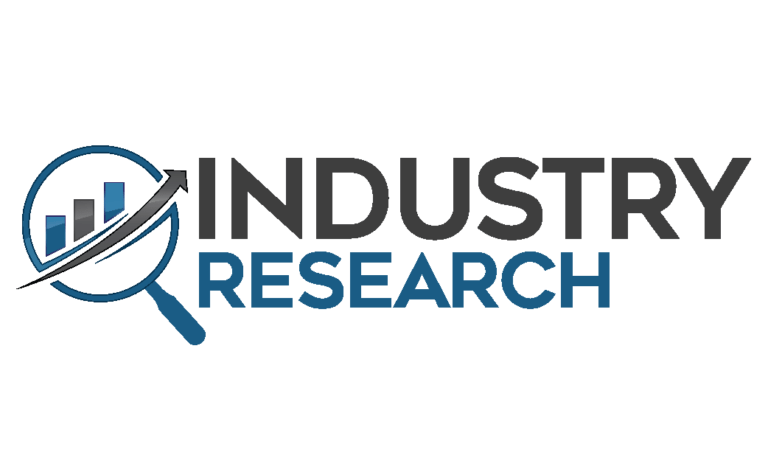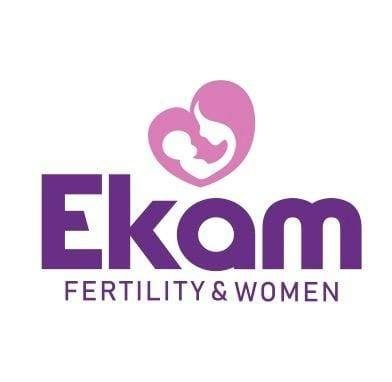In the modern university environment, facilities departments are expected to manage sprawling campuses, aging infrastructure, emergency preparedness, and sustainability—all while dealing with staffing shortages and shrinking budgets. It’s a high-stakes balancing act.
To stay ahead, most institutions have adopted some form of university facilities management software to help handle preventive maintenance, asset tracking, and work orders. But even with the best FM tools in place, there’s a persistent blind spot: access to real-time building information.
When documents like as-builts, shut-off locations, and emergency plans are trapped in storage rooms or buried in outdated servers, teams are left navigating facilities with incomplete knowledge. And that can result in delayed repairs, increased costs, and even safety risks.
What higher ed institutions need now is not just another software solution, but a smarter way to access the building data they already have—anytime, anywhere.
The Hidden Costs of Chasing Building Data
Walk through any college campus and you’ll find buildings that span architectural styles and construction eras—from modern science labs to century-old lecture halls. Over time, each of these structures undergoes updates, retrofits, and renovations. The result is a fragmented archive of critical documents—O&M manuals, emergency protocols, floorplans—scattered across departments and locations.
This becomes a huge problem when maintenance teams are dispatched to handle emergencies or routine work. Without real-time access to the right data, tasks that should take minutes stretch into hours. That’s where even the most advanced facility management software for higher education falls short. Many systems track tasks efficiently but don’t give teams what they need in the field.
Time wasted searching for documents equals time not spent solving problems.
Deferred Maintenance: A Growing Threat
Most institutions are already dealing with a significant backlog of maintenance. From HVAC failures to lighting malfunctions and elevator breakdowns, the list grows longer when facility teams lack the tools to complete jobs efficiently.
Deferred maintenance isn’t just a budget issue—it’s a safety issue. One malfunctioning pipe can lead to flooding. One overlooked electrical issue can lead to outages or fires.
The key to preventing these problems lies in instant access to building documentation—not just from a desktop, but from a mobile device, right at the job site. When information is accessible in real time, work orders move faster, deferred maintenance shrinks, and teams operate more proactively.
Knowledge Retention Is an Emergency of Its Own
Another quiet crisis facing universities is the rapid retirement of experienced staff. Many long-serving employees hold critical knowledge about building systems that’s never been documented or digitized. Once they leave, that insight leaves with them.
Most university facilities management software isn’t designed to capture legacy knowledge or make it easy to pass on. That’s why enhanced platforms that digitize and centralize historical building data are becoming indispensable. These tools allow teams to upload as-builts, closeouts, and equipment manuals—then share and update them from the field.
With smarter building data access, new hires can get up to speed faster, and veterans can finally stop relying on memory to get things done.
Emergency Situations Don’t Wait for Paperwork
From campus fires to gas leaks to natural disasters, universities face a growing list of potential emergencies. In these moments, time is everything. Yet facility teams often scramble to find floor plans or shut-off locations tucked away in storage rooms or siloed servers.
The ability to pull up emergency building information instantly on a mobile device can save lives. It also builds confidence among students, staff, and parents that the institution is prepared for the unexpected.
Any enhancement to facility management software for higher education should include tools for instant mobile access, quick sharing with emergency responders, and consistent updates to emergency documentation.
Bridging the Field-Office Divide
One of the most overlooked challenges in university facility management is the communication gap between teams in the field and those in the office. When maintenance staff have to return to the office—or worse, call back and forth—just to confirm details or locate documents, productivity stalls.
The answer isn’t to replace your FM software but to pair it with a mobile-friendly solution that bridges the gap. Smart building access tools allow field workers to:
Instantly access current and historical building documents
Locate shut-offs, fire systems, and electrical layouts
View compliance data and project updates
Share documents with contractors, engineers, and security
That means fewer delays, fewer errors, and faster response times—without having to overhaul your current FM platform.
Campus-Wide Collaboration Starts with Centralized Information
Today’s facility operations go beyond maintenance. They involve capital projects, compliance audits, custodial teams, third-party vendors, and more. When all of these teams rely on different data sources—or worse, paper records—collaboration suffers.
Enhancing your current university facilities management software with a centralized, searchable database of building documents ensures that everyone’s on the same page—literally.
Whether it’s the capital projects team checking a drawing, the custodial team reviewing cleaning protocols, or the emergency team pulling up evacuation routes, everyone can work more efficiently with unified access to data.
The Smart Way Forward for Higher Ed Facilities
The future of facility management on campus won’t be driven by more software—but by smarter access to the information facilities teams already rely on.
Universities don’t need to reinvent their systems; they need to empower their teams. By enhancing facility management software for higher education with real-time, mobile-first access to building information, they can reduce risk, improve productivity, and better serve their campus communities.




